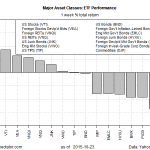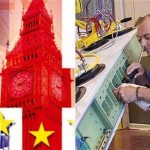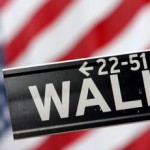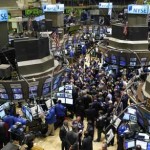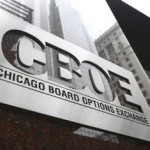US stock market is rigged by high-speed traders
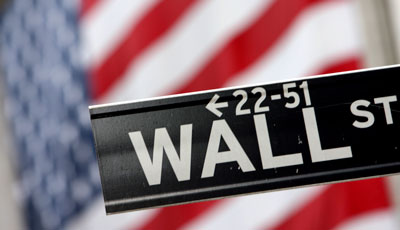
The US stock market is rigged in favour of high-speed electronic trading firms, which use their advantages to extract billions from investors, according to the acclaimed author Michael Lewis.
In his new book Flash Boys: A Wall Street Revolt, Lewis says that firms are using their speed advantage to profit at the expense of other market participants to the tune of tens of billions of dollars.
“They are able to identify your desire to buy shares in Microsoft and buy them in front of you and sell them back to you at a higher price,” Lewis, whose book is available on Monday, said on the television program 60 Minutes on Sunday.
“This speed advantage that the faster traders have is milliseconds, some of it is fractions of milliseconds,” said Lewis, whose books include The Big Short and Moneyball.
High-frequency trading (HFT) is a practice carried out by many banks and proprietary trading firms using sophisticated computer programs to send thousands of orders into the market in an instant, executing a small portion of them when opportunities arise to capitalise on price imbalances, or to make markets. HFT makes up more than half of all US trading volume.
The trading methods and technology that make HFT possible are all legal, and the stock exchanges HFT firms trade on are highly regulated.
Proponents of HFT argue that the presence of such firms makes it easier for all market participants to find buyers and sellers for their trades, and that the speed at which HFT firms can detect and take advantage of pricing imbalances between different markets and assets leads to smaller bid-ask spreads.
But Brad Katsuyama, former head trader in New York for the Royal Bank of Canada and a major figure in Lewis’s book, said he was finding that when he would send a large stock order to the market, it would only be partially filled, and then he would have to pay a higher price for the rest of the order.
With the help of new hire Ronan Ryan, Katsuyama realised that his orders travelled along fibre optic lines and hit the closest exchange first, where high frequency traders would get a glimpse, and then use their speed advantage to beat him to the other 12 US public exchanges and 45 private trading venues. HFT algorithms could then buy the shares Katsuyama wanted, and then sell them to him at a slightly higher price.
Katsuyama and Ryan created a system in which RBC would send its orders first to the exchange that was the furthest away, and last to the exchange that was closest, with the goal of arriving at all places nearly simultaneously, cutting out HFT.
“Essentially, our fill rates went to 100 percent. We couldn’t believe it when we actually figured it out,” Katsuyama told 60 Minutes.
Katsuyama said he decided to start a new trading platform, called IEX, for the Investors’ Exchange, employing similar tactics to those he used at RBC.
“It almost felt like a sense of obligation to say we found a problem that is affecting millions and millions of people – people are blindly losing money they didn’t even know they were entitled to. It’s a hole in the bottom of the bucket,” he said.
IEX has attracted the investment of David Einhorn, the billionaire owner of hedge fund Greenlight Capital, and an endorsement from Goldman Sachs. The investors in IEX are fund companies and individuals, not banks.
“We are selling trust, we are selling transparency, and to think that trust is actually a differentiator in a service business, is actually a crazy thought, right?” said Katsuyama.
Earlier this month, New York state’s Attorney General Eric Schneiderman said he believes US stock exchanges and other platforms provide HFT firms with unfair advantages.
(By Michael Lewis, author of The Big Short says in his latest book that high-frequency trading is costing other investors billions of dollars)
Source: theguardian









